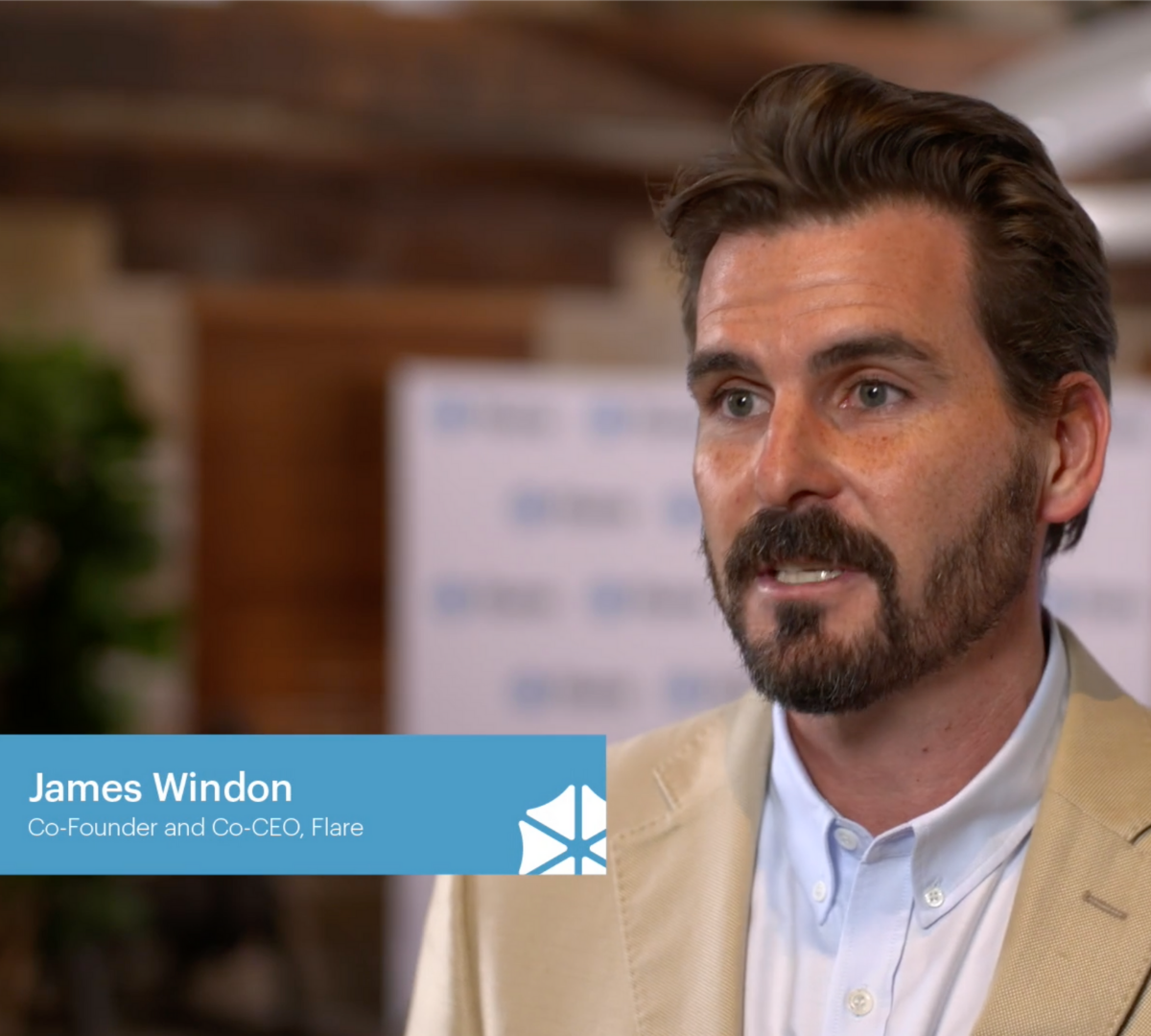Hiring new talent is a critical step in growing a business. But, as all HR leaders are aware, it’s not easy to do. Research shows that it takes an average of 68 days and $5,000 to fill a vacant position in Australia. Given the amount of investment required for every candidate, you want to make sure that you’re hiring the right person.
While there’s no way to guarantee you’ll pick the perfect candidate every time, there are steps you can take to ensure your chances are much higher. In this article, we’ll explore five ways to determine whether or not someone is the right fit for the job.
5 ways to determine if a candidate is the right fit for the job
At Flare, we have a thorough recruitment process to ensure the candidates we hire are the right fit for the role, the team, and the company. We share some of our most successful strategies below.
1. Start with the right job description
Even before you speak to a candidate, there’s a way to filter for individuals who are the right fit for your company. Your job description presents one of the best opportunities to share exactly what you’re looking for in a candidate, and what they can expect if they decide to join your team. Specifically, your job description should include:
- Your company values, mission, and an overview of the culture
- Your diversity statement
- Your employee benefits offering
- A list of preferred skills for the role (both negotiable and non-negotiable)
- An overview of the responsibilities of the position
It’s important to write a job description that’s personalised specifically to what you’re looking for instead of copying and pasting a template. While it’s a bit more work, it’ll save your hiring managers a ton of time and energy down the road.
2. Understand their motivations
When engaging with a candidate, take the time to understand their motivations. In other words, why are they interested in this role? What drives them to be successful at their job? These types of questions can help you understand what that person needs to be successful at your company and whether that aligns with what you’re realistically able to provide.
For example, let’s say a candidate has historically worked at large corporations with competitive cultures. They prefer to work alone and are motivated by the idea of climbing the career ladder as quickly as possible. Your company, on the other hand, is built on a culture of collaboration and wellbeing and doesn’t offer as many opportunities for quick promotions. This may indicate that the candidate isn’t the best fit for your organisation.
Related article: 5 Ways to help your employees improve their financial wellbeing
3. Learn about their experience and way of thinking
Of course, you also want to make sure candidates are going to produce high-quality work in their roles. This is especially true for more technical positions, such as engineers or IT specialists. One way you can get a better sense of their scope of knowledge is to administer a technical challenge – like a coding test.
This type of assessment helps remove bias from the hiring decision and allows the team to observe how candidates approach the challenge. Do they perform well under pressure? Do they approach problems creatively? Do they ask for clarification when they don’t understand something? This test can also give candidates a solid understanding of the types of challenges they can expect to face in the role.
4. Look for cultural alignment
Even though a candidate might look perfect on paper, that doesn’t necessarily mean they’ll be a good match in person. That’s why it’s important to assess their personality, values, and general attitude to see if it aligns with your company culture. Otherwise, you risk hiring someone who will butt heads with the other employees.
One important note: without the proper bias training, hiring managers may not be able to distinguish between actual cultural fit and their own personal preferences. To ensure this doesn’t happen, make sure to educate your team about the various biases that can emerge during interviews and how to mitigate them during the process.
5. Explore mutual fit
Don’t forget that interviewing is a two-way street. The last thing you want is to hire an awesome candidate who isn’t that excited about the work you’re doing. So use the interviewing process as a time to explore mutual fit. There are a few ways to accomplish this.
First, encourage candidates to ask as many questions as they want – and be honest when you answer them. Also, ask them if there’s anyone at the company that they want to speak to but haven’t had an opportunity to during the hiring process. For instance, maybe someone interviewing for a Product Marketing Manager role wants to chat with your Head of Engineering because their job will require them to work closely with that individual. Give candidates the chance to interact with as many people as possible so they can feel confident when accepting an offer from your company.
Related article: 10 Ideas to help you boost your employee engagement
Want to make sure your new hires are set up for success? Flare offers a free onboarding software that can help you onboard new employees and give them the best onboarding experience and first days at your organisation. To learn more, please request a demo.











